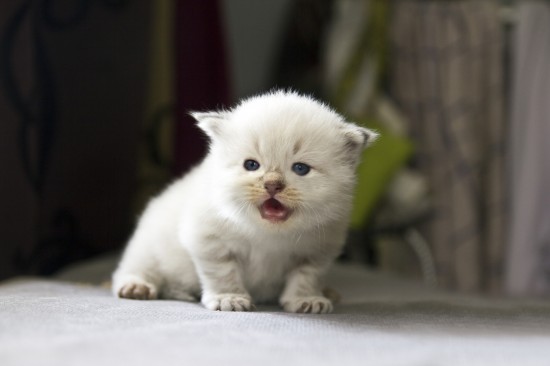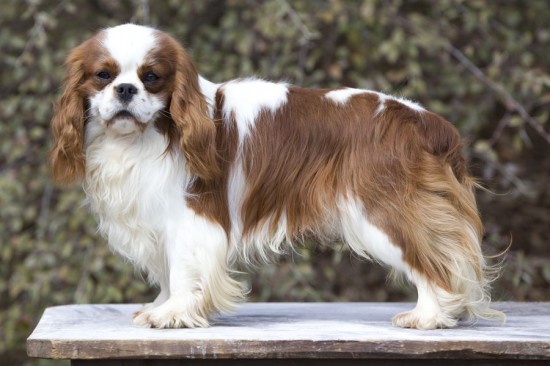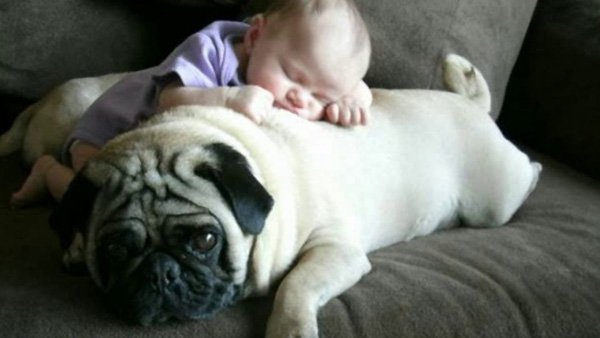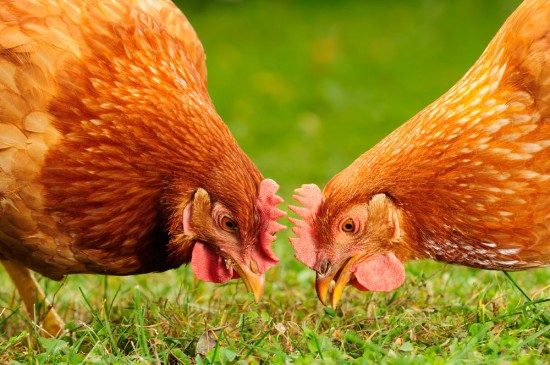
The ideal footing for your horse will depend on what type of event, climate, natural ground type and location of where you work, exercise and train your horse.
In most cases, it is easier to find a service that is more suitable for one event in particular rather than try to cater to many different footing needs, especially in an outdoor arena. How the horse moves is an important consideration to make when you are choosing a footing for your arenas.Researchers who study biomechanics are able to tell what parts of a horse's hoof or limb is under stress during each phase of a stride. They have also been able to apply much of what has been found in humans to horses because much of that information is also true in horses. In humans, repeated shock of impact with the ground causes bone related conditions such as osteoarthritis or joint problems and this is also true in horses. Any activity that involves and "airborne phase" is much more damaging and more like to cause these conditions.
Footings reduce shock and in choosing your footing, you will want to consider the surface and it's "impact resistance." This is the ability of the footing to absorb impact energy. This is very important in the hoof's downward motion. For example, concrete absorbs little energy on impact and is one reason doctors suggest that you do not jog on it and similarly you should not work horses on it either. Surfaces such as wood chips will absorb more energy on impact and will cause less shock. Sand is also a lower impact surface but can lead to a variety of different injuries because it is hard to move in and out of. The heart rate can be increased by 50% when working on sand, which is why horses tire more quickly when working in it.
Turf is an excellent footing because of its high moisture content. A well-maintained turf is great, but a lot of work is put into keeping turf at a condition to where it has good impact resistance. As the soil dries, the impact resistance is increased while if it is too moist, it will cause slipping.
A good arena footing can be a mix of both sand and soil. Many arenas are worked with groundhogs and watered to maintain a soft and moist footing. These allow impact energy absorption and horses will not develop injuries and will lessen the chances for a horse to develop osteoarthritis.
No matter what footing you have available, there are a few keys to reduce the risk of injuries in horses.
Always try to train on the same type of footing that you will be competing on. Changes in footing can lead to injuries. Avoid footings that have soft and hard spots, deep and shallow spots and especially slick spots. Make sure your horse is in good condition and trained. Over working a horse will lead to injuries caused by fatigue. Help the horse with proper shoeing, training, conditioning, conformation and taking care of any pre-existing injuries and ensuring those are completely healed.
There are numerous footing companies that can help you develop a footing that is ideal for your event and your area. Consider working with them as well as doing your own research to ensure that your horse will be able to work injury free.
Article Tags: Injury Free, Impact Resistance
 5 Mistakes To Avoid Making With Your Cat
5 Mistakes To Avo
5 Mistakes To Avoid Making With Your Cat
5 Mistakes To Avo
 Pedigree Dogs Exposed - The Bbc Documentary On Breed Standards (part One)
Pedigree Dogs Exp
Pedigree Dogs Exposed - The Bbc Documentary On Breed Standards (part One)
Pedigree Dogs Exp
 Glancing at the Best Dog Boarding Options
Glancing at the Best Dog Boarding Options
Are
Glancing at the Best Dog Boarding Options
Glancing at the Best Dog Boarding Options
Are
 Why Physical Examination Is Important For Your Pet
Why Physical Examination Is Important For Your Pet
Why Physical Examination Is Important For Your Pet
Why Physical Examination Is Important For Your Pet
 How Do I Keep My Hens Healthy?
How Do I Keep My
How Do I Keep My Hens Healthy?
How Do I Keep My
Copyright © 2005-2016 Pet Information All Rights Reserved
Contact us: www162date@outlook.com